Build a mental image of this next scenario.
You walk into a fast-food joint and ordered some fries and a beverage. After placing your order, you just chat with the person who took your order till you were served. You finish the snack and head on over to the next building where a product launch is ongoing. Their CEO has just taken the podium and is now explaining the features of the new product.
Once the talk was over, you went into the restaurant next to this auditorium for a proper lunch. There at the next table, a couple was celebrating their anniversary. You smiled and wished them and picked up the menu to order some food.
Stop. Take a minute to re-read the scenario and really form a mental image.
Now that you have lived through the scenario, here are some questions for you to ponder over. The server at the fast-food joint, did you imagine a transgender? Did this person have any sort of disability? The CEO that you listened to, was she a woman? The couple that you wished on their anniversary, were they two men or two women?
If your answer to all those questions is a resounding ‘No’ then you know what the problem is. We may have imagined the way we are attuned to, keeping in mind things that are prevalent in the world around us.
A Problem Worth Solving
India’s diversity problem, at the very basic level, is about integrating 3 major sections of the society into the workforce:
1. Women
2. Disabled
3. Transgender
According to a 2017 World Bank report, India ranks at a lowly 120 of 131 countries when it comes to women participation in the workforce. If this quantity was to be increased by 10%, we can add a whopping $700Bn to our GDP by 2025!
There are 13.5Mn people with disabilities in India who are in the employable age bracket. Only 3.5Mn of these people have some form of employment whereas 9.9Mn do not add value to the economy. Studies show that countries that do not integrate people with disabilities into their workforce lose out on 5% to 7% of the GDP.
92% of India’s transgender community at 14.7 lakhs is unable to participate in any economic activity. The sad part - India is losing out on $32Bn due to homophobia.
Diversity Matters
While this is the basic lay of the land, this conversation becomes more nuanced when we move to the highly skilled and educated workforce. Mckinsey’s 2015 Diversity Matters study reveals that a team with diversity outperforms a non-diverse team by 50%.
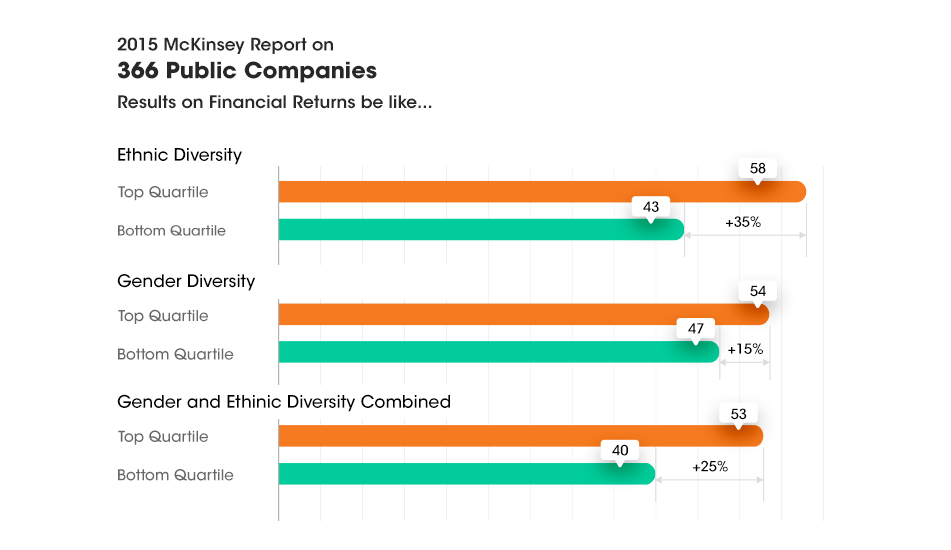
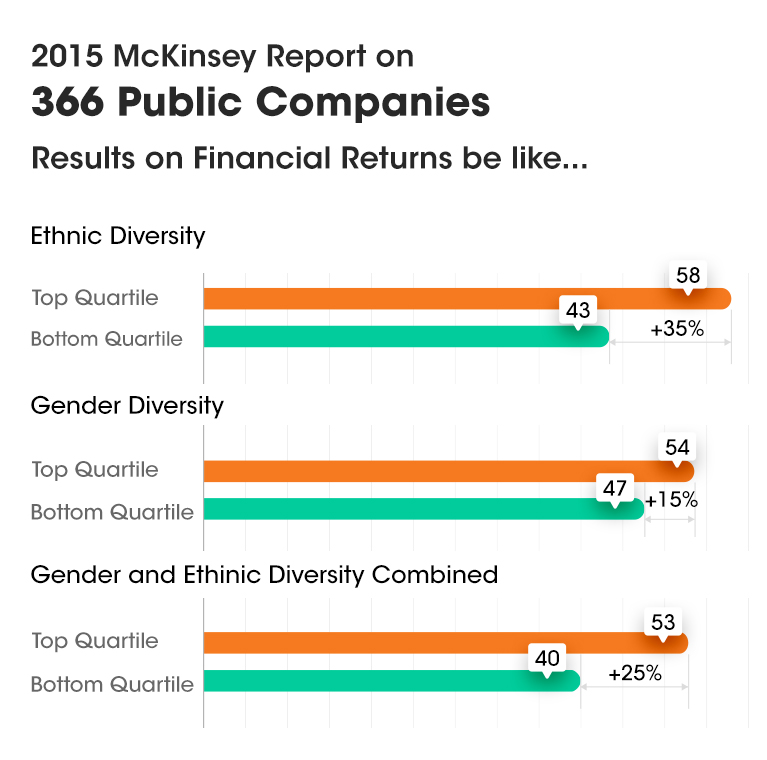
Before we can talk about making our office disability-friendly or a little less homophobic, we must first learn to identify forms of discrimination we unknowingly perpetrate and perpetuate.
This is not just a calling out of the rampant ‘bro-haviour’ amongst men but also the inane ways in which women perpetrate biases against women.
TED Talk Speaker & Tech CEO Valerie Alexander recounts that women assistant/subordinates in one of her previous firms made it a practice to check with their women bosses if they wanted to learn how to fill out the billing data in the software. She later asked around and found that almost all the women in the firm knew how to do it and some did that work which their assistants were paid to do while the male bosses at the firm had neither been asked nor knew how to go about it.
If we really examine our behaviour, we will find that biases come in many shapes and forms. And instead of only looking at physical diversity, companies should work towards bringing in Cognitive Diversity.
Start with building Cognitive Diversity
Building a team by mixing up people with diverse thinking styles, habits and perspectives gives it a natural edge over other competing homogeneous teams.
Here’s what to look for when angling for Cognitive Diversity.
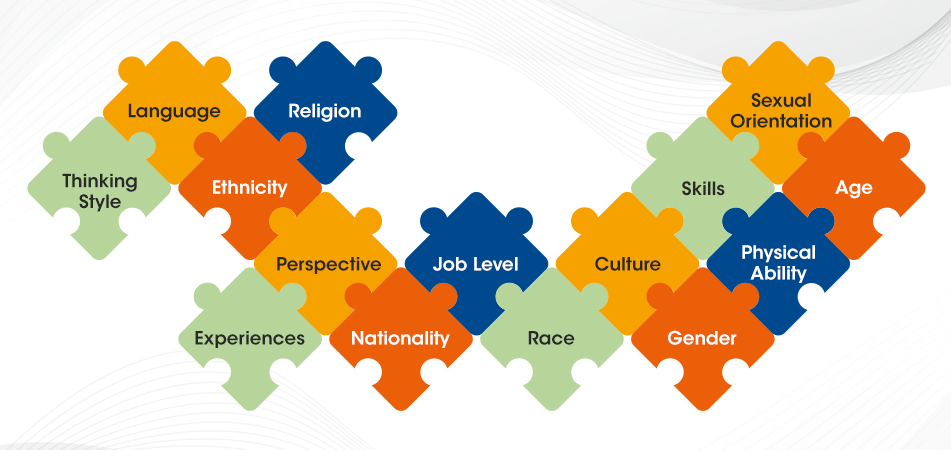
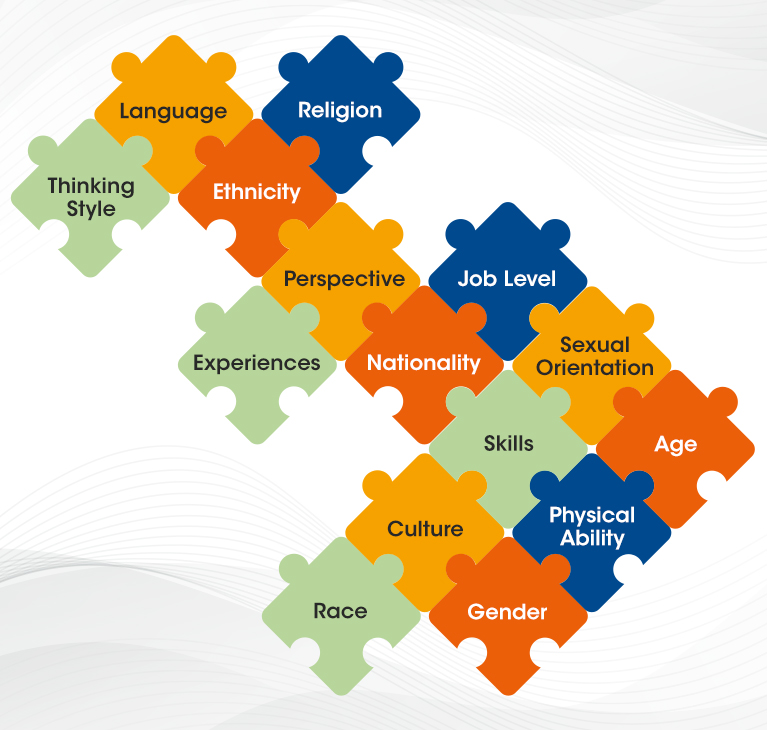
Holding Blind Auditions
It is easier said than done. How should the management go about looking for cognitively diverse candidates? The problem starts when we begin with CV screening and face to face interviews. Because our brains are trained to build and fill moulds. For instance, there are more Caucasian men named John who are CEOs in leading US companies than there are women CEOs. In fact, the ratio is 17 to 7.
Instead of screening CVs, companies should try blind hiring to reduce unconscious bias. Set up a series of meaningful challenges to solve and hire people who come up with different solutions to the same problems. That is how a cognitively diverse team can be built. The hiring team should be kept blind to the candidate’s personal details like age, gender, physical ability, etc.
The company Gap Jumpers held such blind hires and found that they were able to hire 60% more minorities and 125% more women versus when hiring was done via CV shortlisting and interviews.
Diversity is Just the First Step
However, the real challenge that companies face when on the path of building a diverse team is not on the hiring front. The real challenge is inclusivity. A ‘diverse’ employee once hired faces issues on non-inclusivity from the existing team. A quick way to know if your diverse staff is working well together is to see if they all laugh together and share meals together.
Mckinsey reports that building diversity and inclusivity is not just the right thing to do but the profitable thing to do for companies. Teams that treat men and women equally bring in 41% more revenue.
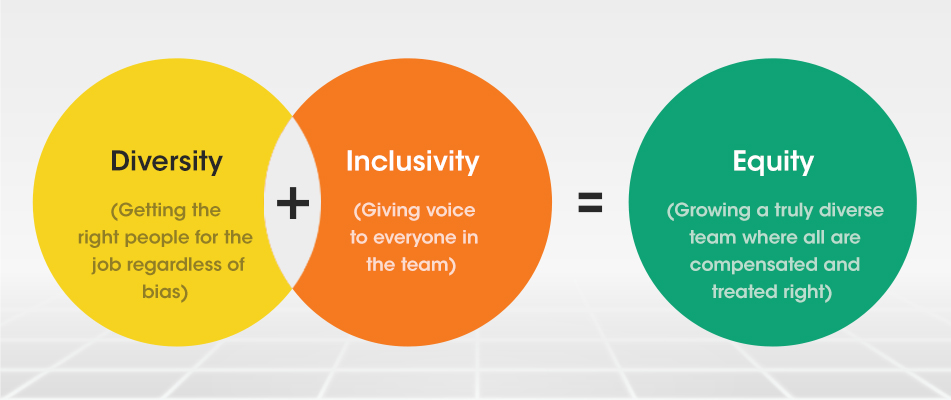
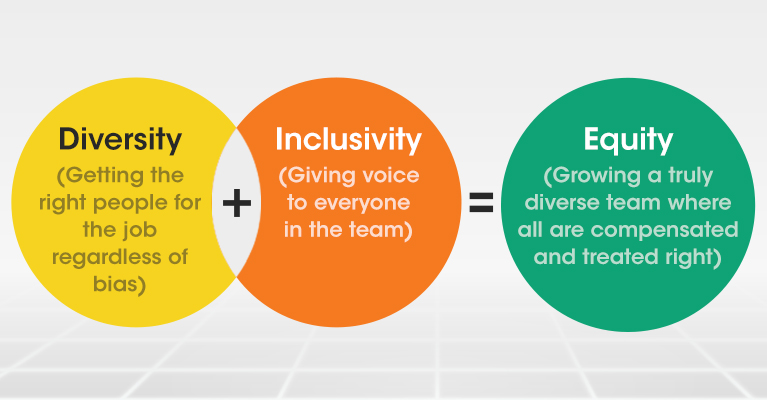
Tricking the Unconscious Bias
The Great British Diversity Experiment states that ‘Diversity’ is the new ‘Darwinism’. Companies that do not work towards building a diverse and inclusive workforce will be eaten out by companies that do. Therefore, diversity is definitely a key goal but our brain’s limbic system that has developed from the ‘hunter-gatherer time’ has learned to fear outsiders. It brings in a sense of threat to survival. Thus, experts say that instead of looking at diversity as the key goal, look at equity.
Our brain is much better at recognizing inequity and fighting against it. Here’s how we know.
An experiment was set up with two monkeys where both were given a task to do. On completion, they were both rewarded with a piece of cucumber each. They both accepted the cucumber multiple times.
Then in the next set, both monkeys were given another task to do. On completion, one monkey was given cucumber while the other monkey got a grape. When this was repeated a few times, the monkey who was being rewarded with a cucumber got aggressive and rejected the cucumber.
In another study, conducted on airplanes, it was found that when passengers of the economy class were made to walk through first-class aisles to get to their seats, cases of altercations with serving crew were 44% higher than when directly boarded into the economy section.
The Success Mantra
If companies wish to take on this problem head-on, they need to work on a surefire way to get there. This can be done by following a 3-step mantra:
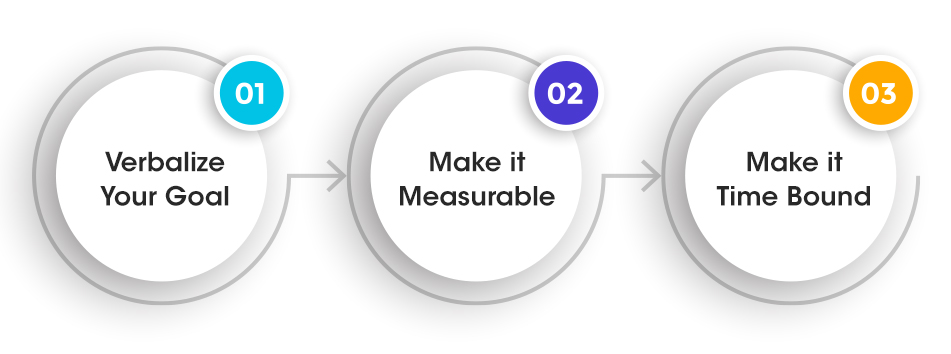
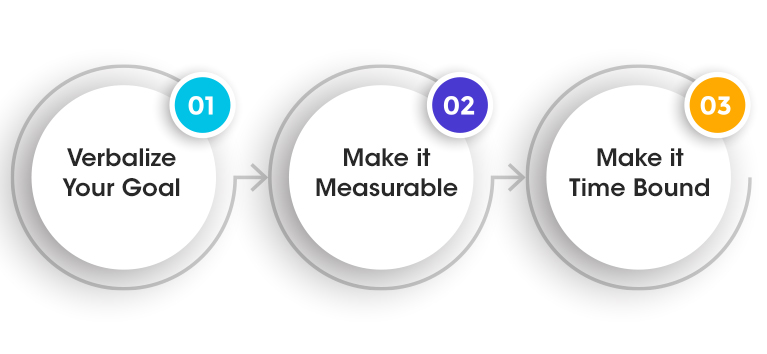
When John F Kennedy stood before the US Congress on May 25th 1961 and said that the US "should commit itself to achieving the goal, before this decade is out, of landing a man on the Moon and returning him safely to the Earth", it seemed near impossible. But what Kennedy did there was he verbalized a goal that was measurable and time-bound.
Let’s say a company declares that, “We will increase Cognitive Equity by 50% in the next 3 years”.
That will be the verbalizing part. Then there needs to be a benchmarking of the sort of diversity that is there in the company in the present day and build towards diversifying that by taking concrete steps while hiring, soft skill training, appraisals, and more. Set up periodic checks towards the time-bound goal.
Slowly but surely, we will make progress towards building a profitable team if we do not lose sight of the goal.
With over a decade of digital experience, Sayantani has a nuanced understanding of the brand narrative. Along with leading a national award-winning digital campaign in the tourism sector, she also brings experience of working with a diverse cross section of clientele from various industries like Education, BFSI, Beauty, FMCG, Real Estate, Nonprofit and Public sector.






Leave a Comment